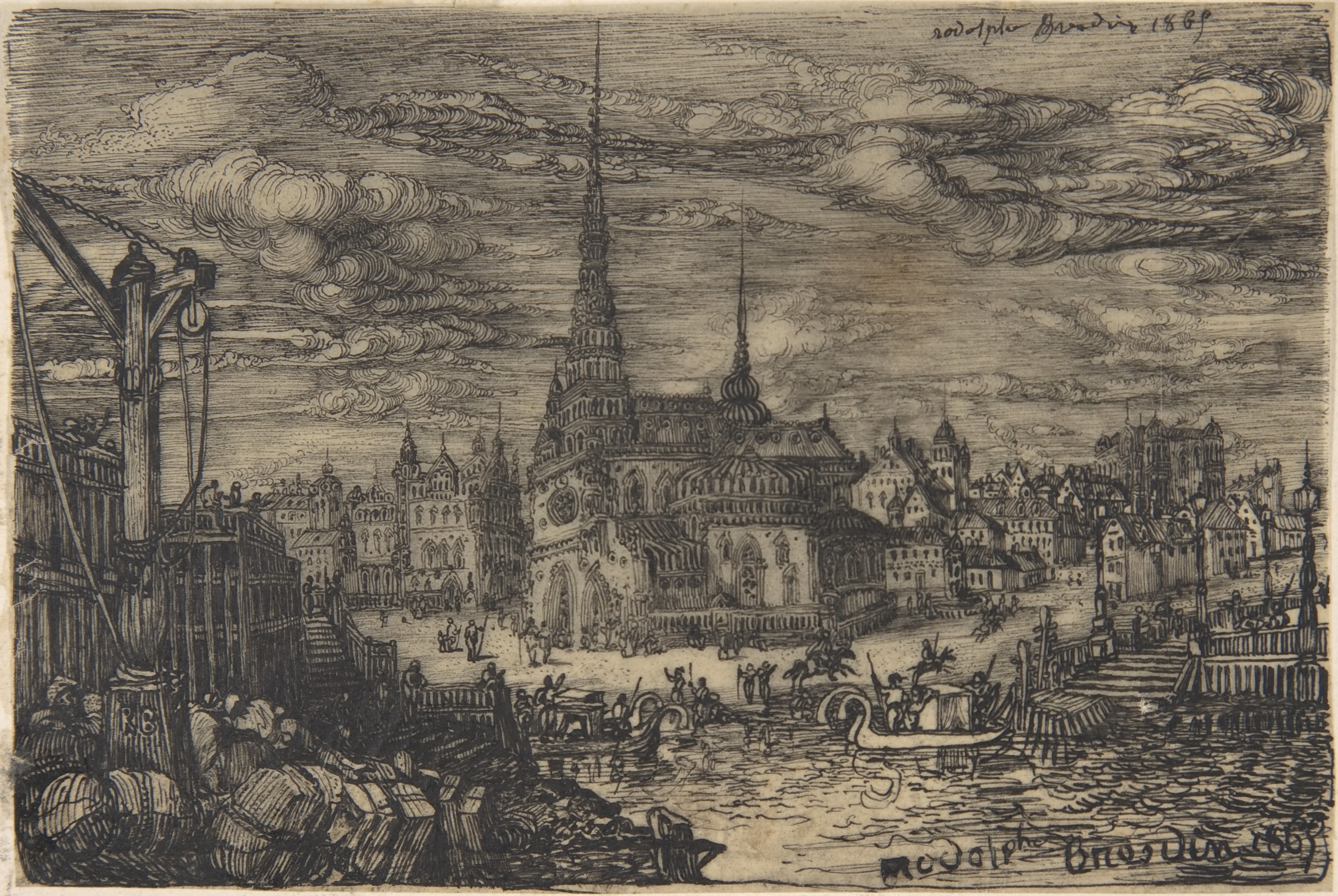Home - eskerthebreton/thrum GitHub Wiki
| Next: Dice Rolls |
|---|

It wasn't an apocalypse so much as a steady process of appropriation. Civic institutions were coopted by the corporations who seized control of infrastructure, replacing public law enforcement by contracted mercenaries. With no recognized government, commercial competition gave way to open violence, with everyone else caught in the middle. Some responded by trying to carve out and defend their slice of the pie. Others withdrew, whether to physical isolation or via mind-altering magic. Still others formed sects driven by ideology. But most are just trying to get through each day. Will you try to take advantage of the system? Will you retreat from it? Perhaps you'll align with one of the sects seeking revolution? Or will you forge your own path?
The THRUM: Remains is designed with an urban fantasy setting in mind, where the Player Characters (PCs) stand out not on the basis of being destined "chosen ones" or because they are unusually powerful, but because they believe the world is worth fighting for. The word "thrum" refers to both a resonating background vibration, evoking a hearbeat or the hum of a city, and to pieces of thread in weaving left behind after the main structure was removed. In music, a thrum can fade into the background or it can create forward momentum; in weaving, the thrum can be tossed aside, or it can be used to form something new.
The default setting for The THRUM has elements of various "-punk" genres, blending some dystopian political elements of Cyberpunk into a magic-infused Steampunk aesthetic -- think Mad Max in Ravnica, or Shadowrun without cyberspace. However, despite the dystopian environment, the intended tone is optimistic, with the PCs working to spark hope that things can change for the better if people are willing to work together. Of course, the party is always free to decide for themselves what they want to do with the cards fate dealt to them.
Grid-based tactical combat inspired by tabletop games like Dungeons and Dragons and Icon, as well as by turn-based tactical video games like Wildermyth, Slay the Spire, and Into the Breach, forms one of the main components of the gameplay of The THRUM Remains. The other component involves collaborative narrative-building that shares a number of elements with (and in some cases explicitly borrows from) Powered by the Apocalypse and especially Forged in the Dark games: Players will proactively work with the Game Master to construct the narrative, rather than being reactive participants, building the world and its denizens (Non-Playable Characters, or NPCs) as the game evolves. They roll dice to decide not whether the narrative can move forward but how it will.
Rather than selecting a class or playbook, players will build their characters in a more a la carte fashion, selecting the abilities that constitute their moveset individually from various combat and utility disciplines. Combat abilities and noncombat abilities are separated, and never compete with each other for selection: at character creation and each level up, players choose (and/or upgrade) both combat and utility abilities, and the former can only be used during turn-based combat, while the latter can only be used outside of it. However, the two "sides" of a character are linked via attributes, which contribute to both combat and utility abilities.
The game system is flexible enough to accommodate alternate settings besides urban fantasy, and GMs and players are encouraged to experiment and reskin to their hearts' content. The biggest impact of the intended setting on gameplay comes from the factions, which are described as having motivations and tools that reference the setting; however the stat blocks can be divorced from this narrative if desired.
All of the art pieces in this document are placeholders, to be replaced by pieces commissioned for this project. The placeholder images are under the Public Domain, digital captures of physical pieces (mostly ink, mostly 19th century) as served via a Creative Commons Zero (CC0) license by the Metropolitan Museum of Art's Open Access Program. I intend to add the artists and titles in captions, but I am bad at HTML and my initial attempt to do this looked bad.
| Next: Dice Rolls |
|---|